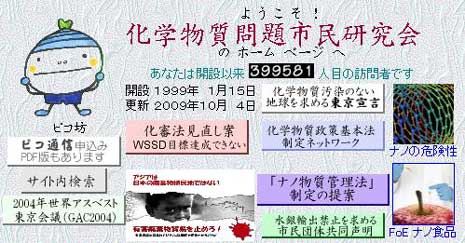Mercury exposure, nutritional deficiencies and metabolic disruptions may affect learning in children
 Among dietary factors, learning and behavior are influenced not only by nutrients, but also by exposure to toxic food contaminants such as mercury that can disrupt metabolic processes and alter neuronal plasticity.
Among dietary factors, learning and behavior are influenced not only by nutrients, but also by exposure to toxic food contaminants such as mercury that can disrupt metabolic processes and alter neuronal plasticity.
Neurons lacking in plasticity are a factor in neurodevelopmental disorders such as autism and mental retardation. Essential nutrients help maintain normal neuronal plasticity. Nutritional deficiencies, including deficiencies in the long chain polyunsaturated fatty acids eicosapentaenoic acid and docosahexaenoic acid, the amino acid methionine, and the trace minerals zinc and selenium, have been shown to influence neuronal function and produce defects in neuronal plasticity, as well as impact behavior in children with attention deficit hyperactivity disorder.
Nutritional deficiencies and mercury exposure have been shown to alter neuronal function and increase oxidative stress among children with autism. These dietary factors may be directly related to the development of behavior disorders and learning disabilities.
Mercury, either individually or in concert with other factors, may be harmful if ingested in above average amounts or by sensitive individuals. High fructose corn syrup has been shown to contain trace amounts of mercury as a result of some manufacturing processes, and its consumption can also lead to zinc loss. Consumption of certain artificial food color additives has also been shown to lead to zinc deficiency. Dietary zinc is essential for maintaining the metabolic processes required for mercury elimination.
Since high fructose corn syrup and artificial food color additives are common ingredients in many foodstuffs, their consumption should be considered in those individuals with nutritional deficits such as zinc deficiency or who are allergic or sensitive to the effects of mercury or unable to effectively metabolize and eliminate it from the body.
Reference:
Dufault R, Schnoll R, Lukiw WJ, Leblanc B, Cornett C, Patrick L, Wallinga D, Gilbert SG, Crider R., Mercury exposure, nutritional deficiencies and metabolic disruptions may affect learning in children, Behav. Brain Funct. 2009 Oct 27;5(1):44.




